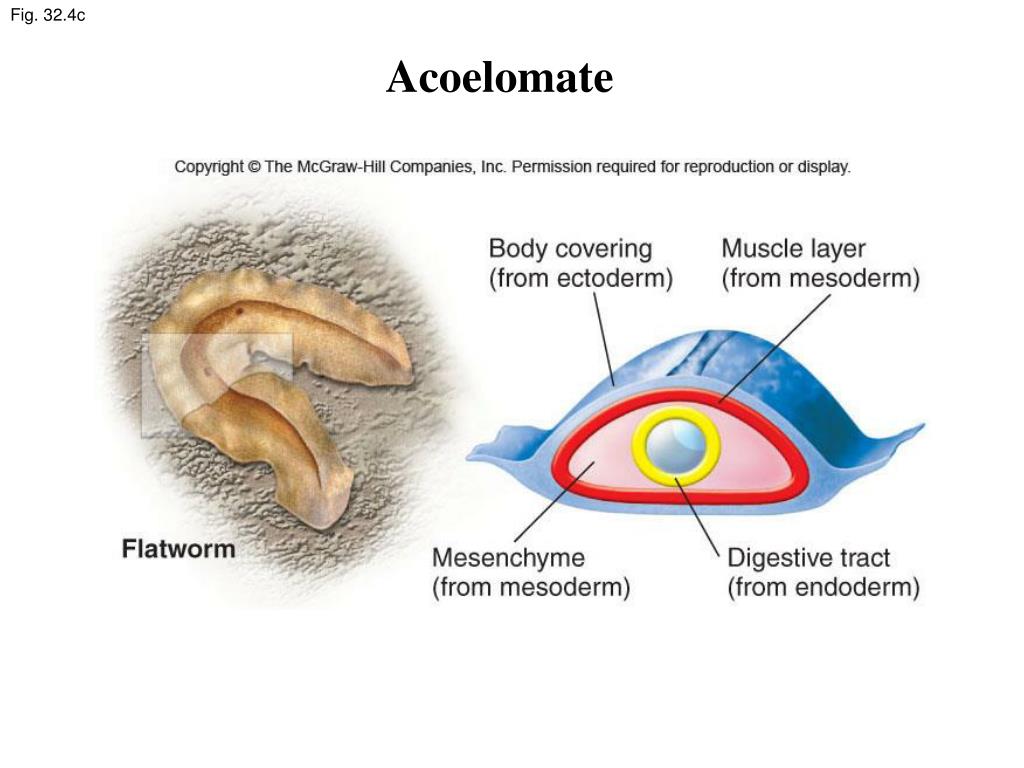


There have been suggestions that the blastopore started out as the digestive surface on a radial organism that became elongated (and thus bilaterally symmetrical) before its sides closed over to leave a mouth at the front and an anus at the rear. Evolutionary origin Bilateriaīilaterians likely evolved from an ancestor that was radially symmetrical. In humans the perforation of the mouth and anus happen at 4 weeks and 8 weeks respectively. An alternative way to develop two openings from the blastopore during gastrulation, called amphistomy, appears to exist in some animals, such as nematodes. The genes employed in the embryonic construction of the flatworm mouth are the same as those expressed for the protostome and deuterostome mouth, which suggests that the structures are equivalent homologous, and that the older ideas about protostome mouth formation were correct. Acoelomorpha, which form a sister group to the rest of the bilaterian animals, have a single mouth that leads into a blind gut (with no anus). More recent research has shown that our understanding of protostome mouth formation is somewhat less secure than we had thought. It was originally thought that the blastopore of the protostomes formed the mouth, and the anus was formed second when the gut tunneled through the embryo. In deuterostomes, the original dent becomes the anus, while the gut eventually tunnels through the embryo until it reaches the other side, forming an opening that becomes the mouth. This dent, the blastopore, deepens to become the archenteron, the first phase in the growth of the gut. In animals at least as complex as an earthworm, a dent forms in one side of the early, spheroidal embryo. Mesodermal tissue is formed by the outgrowth of endodermal wall of the archenteron.Ĭoelom is formed by enterocoely or outpouching of the archenteron.The embryological origin of the mouth and anus is an important characteristic, and forms the morphological basis for separating bilaterian animals into two natural groupings: the protostomes and deuterostomes. Blastomeres are arranged directly above or below one another. Mouth is formed later.Ĭleavage is indeterminate and if blastomeres are separated at 4 cell stage, each one will develop into a complete individual.Ĭleavage is radial, in which the cleavage plane is either parallel or at right angle to the polar axis. Origin of coelom takes place by schizocoely by splitting of the mesodermal cell mass.ĭeuterostomes include echinoderms, chordates, pogonophora, hemichordates and some minor phyla.īlastopore forms anus during embryonic development and represents the posterior end of body. Mesodermal tissue is formed by the division of a single blastomere 4d cell. axis of cleavage plane is oblique, so that blastomeres have a spiral arrangement in which one tier of cells alternates with the next tier of cells. This is called determinate cleavage, which means blastomeres are destined to form a particular organ in very early stage of cleavage.Ĭleavage is spiral in protostomes, i.e. Protostomes include flat worms, annelids, arthropods, molluscs and some minor phyla.ĭuring embryonic development blastopore forms the mouth on the anterior end and anus appears later to complete the alimentary canal.įate of blastomeres is determined very early during holoblastic cleavage. This division helps in understanding relationships of different groups of animals. Protostomes are primitive invertebrates while deuterostomes include echinoderms and chordates. On the basis of embryonic development, metazoans are divided into Protostomia and Deuterostomia.


 0 kommentar(er)
0 kommentar(er)
